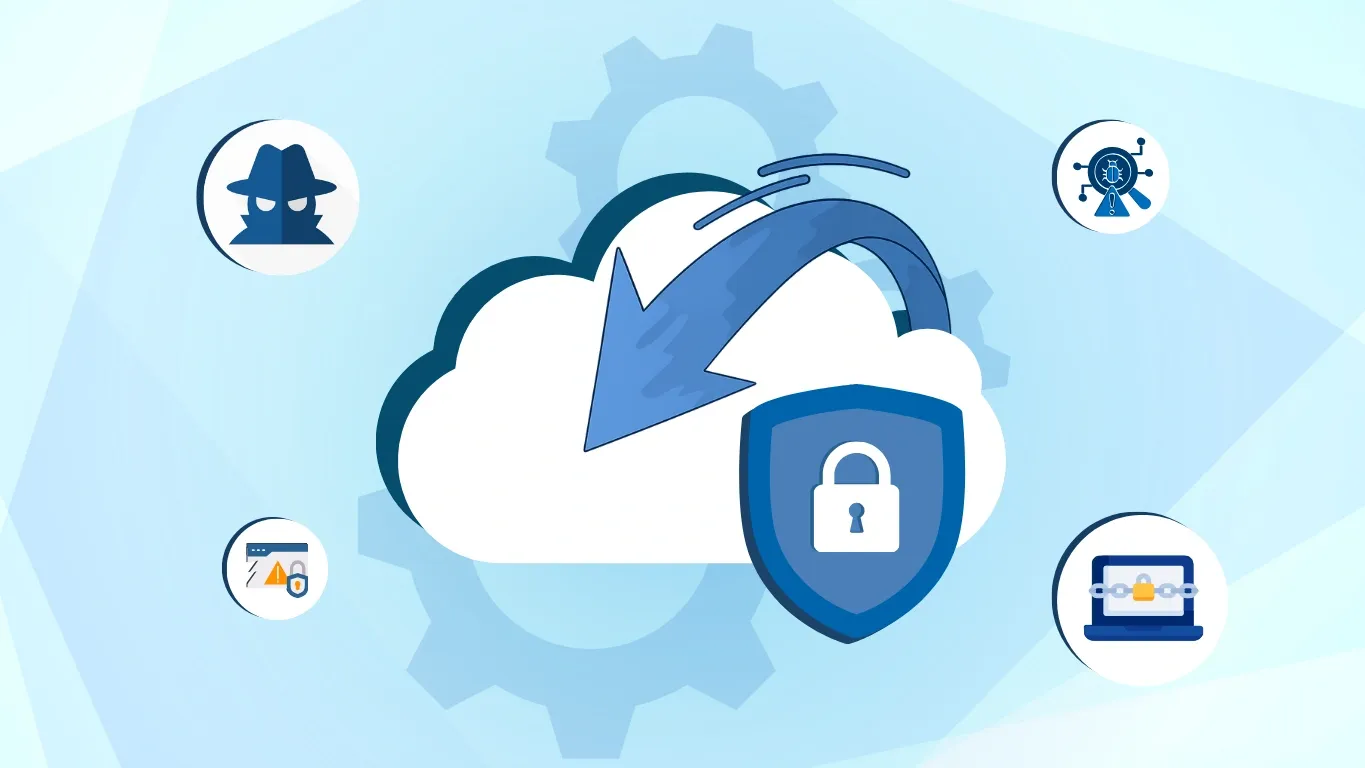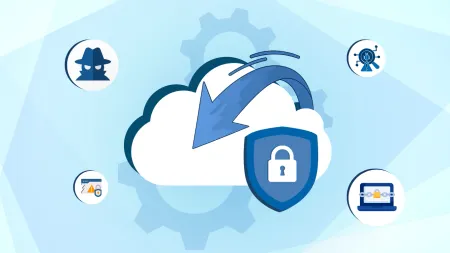Protecting Against Ransomware with Cloud Backup Strategies
Explore effective cloud backup strategies to defend against ransomware attacks. Learn best practices for recovery, redundancy, and data resilience.

This is Post #3 of our Microsoft 365 and Azure Backup Security Protection Series
If you missed the earlier posts, start here to get the full picture:

The first thought that comes to your mind after you open your files on a Monday morning is: “This is a hostage situation.”
It is a terrifying moment as you see the ransom demanded by cybercriminals who are after your precious data, and yet, it is a situation that could befall any of us at any time. Trust me, I have encountered every type of ransomware scare, restore failure, and total outage that you can imagine. It is something that I have made a career out of, and I know that it is something that can strike terror into the hearts of anyone who encounters this situation. Fortunately, there are steps that you can take to help keep your data backups safe, and I want to help calm your pulse as we go through what you should do to combat cybercriminals today.
The Core Principles of Ransomware-Resilient Backups
You don’t ever want to find yourself in a situation where you are being harassed by cybercriminals who refuse to return your files to you without some type of ransom. The first thing that you must do to fight back against this is to start with some core principles of ransomware-resilient backups, including:
-
3-2-1 Rule – It sounds like the countdown of a NASA space mission, but the 3-2-1 rule is all about how many backups of various files you need to have and what the characteristics of those backups should look like. Namely, you should have 3 copies, 2 media types, 1 offsite and 1 immutable. This allows you to keep spare copies of all of your data stored in various areas so it is not up for grabs by criminals who could otherwise steal it all with one attack.
-
Offline and Offsite Redundancies – When we talk about redundancies in daily life it is often in a negative light, but that is not the case when discussing data backups. The reality is that keeping redundant copies of data offline and offsite can help a company rest assured that it has the extra copies of files that it needs even in the midst of an ongoing cyber attack.
Keep these concepts in your back pocket as you build your backup capabilities. It is something that I have relied on time and time again over the years, and I know that this is the place where you need to start if you are going to get serious about protecting your backups.
Leveraging Microsoft 365 and Azure for Ransomware Defense
Do you really want to get ransomware and the people who create it to start banging their head against a wall? If so, then you need to put some effort into creating redundancies around every important piece of data that you have at your disposal. By leveraging the native defenses that already exist within the Microsoft 365 system along with outside help from Azure, you can create a system that is extremely effective at keeping the bad guys out.
One product worth giving some extra attention to is Defender + Sentinel. It is great for the early detection of threats to your system, and that means that you can potentially nab a threat before it becomes a bigger issue for you.
MSP-Managed Cloud Backup Advantages
An MSP is on your side and can catch a threat before your internal team is done shaking off their morning sleepiness. They provide proactive monitoring that allows you to take a step back and let the professionals handle your threat management.
MSPs also offer policy governance to ensure that you and your team are staying within the lines of the safety policies that you have established to help keep your data safe. Plus, you can get rapid restore protection offered by MSPs to help you get everything back online and running as fast as possible after any incident.
Best Backup Practices for Ransomware Protection
There are some established best practices that you can leverage for ransomware protection. Among those are:
-
Testing and Validation – You should regularly test any backup system that you establish for yourself to make certain that it will continue to work when called upon.
-
Automate Backup Frequency – It is easy to say that you will remember to manually back up your work, but sometimes that isn’t the reality. Instead of relying on your own memory to get this done, consider automating the process to make life easier for yourself.
-
Restrict Backup Access – You should only provide backup access to those who truly need to tap into it. This means keeping out those who have no business meddling around in your systems. If you do that, then you are reducing the number of individuals who have access to your systems at all, and that is a great way to prevent certain types of intrusions.
Keep these practices in your back pocket because you are going to want to use them to keep your systems safe.
Recovery Strategies After a Ransomware Incident
“A good backup isn’t your last defense, it’s your fastest comeback.”
That quote is something that you should take to heart. The purpose of setting up your backup systems is not merely to try to get yourself into a place where you have some kind of defense set up, but more about ensuring that you have the fastest route to a comeback following any ransomware incident. You should:
-
Identify Clean Backup Data – Note which copies of your data have NOT been impacted by the attack so that you can use them to restore your entire system.
-
Gather Your Incident Response Team Together – You need to pull your incident response team into the mix at this point. They are the ones who will coordinate how you will react and adapt to the attack that has befallen your data.
-
Restore in Phases – Understand that you do not have to restore all of your information at once. You can bring it back in phases, and that is exactly what you should do to make the process as efficient as possible for yourself.
Compliance and Audit Considerations
No one likes to see the audit person coming by, but you shouldn’t be too afraid as long as you can show that you have documentation of the compliance steps that you have taken. It is true that if you can’t prove that you have backed up your data, then you haven’t backed it up. Try to keep that in mind as you go through the necessary steps to get it backed up and restored.
Ultimately, you need to practice common sense backup procedures in your daily life. It is best to get a lot of practice running backup drills, ensuring that you are compliant with your own standards and those set for you, and training your team to make good backup decisions as well. If you would like some assistance in doing so, please reach out and contact us today to learn how you can get started.





